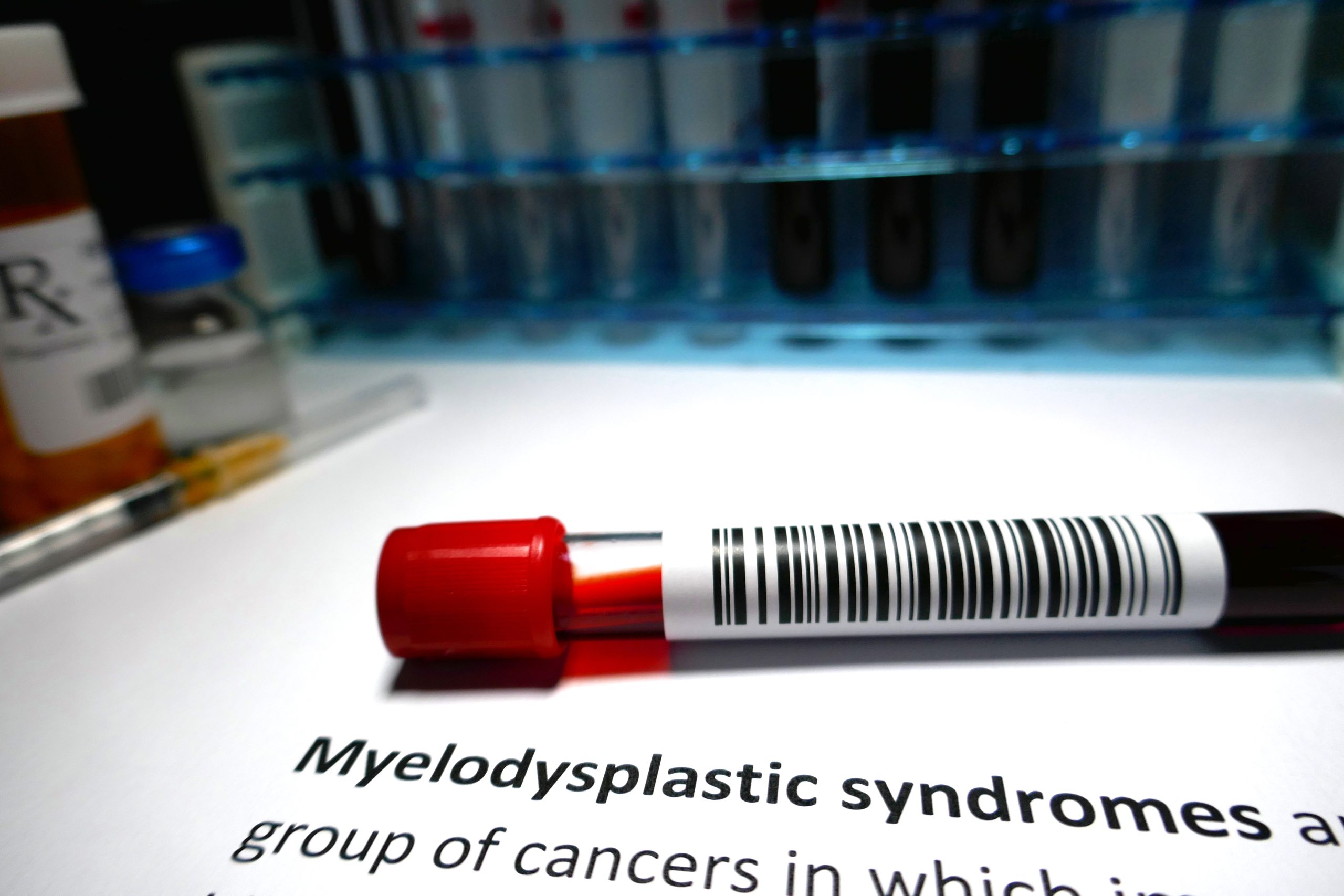
Survival rates for myelodysplastic syndromes (MDS)/myeloproliferative neoplasms (MPN) overlap syndromes vary significantly by clinical entity, as well as by factors such as patient race, sex, and insurance status, according to research presented at the 2022 American Society of Hematology Annual Meeting and Exposition.
In the retrospective analysis of real-world survival and demographic data for nearly 35,000 patients, researchers from the University of Utah in Salt Lake City also observed a lower median overall survival (OS)—31.4 months—and significantly higher rates of JAK2 mutations than previously estimated.
“This study also adds clarity to ages of diagnosis, sex ratios, and racial and ethnic characteristics,” presenter Victoria Vardell, MD, and colleagues wrote. “We also note survival disparities in Black [patients], and those who are underinsured or treated at non-academic centers, indicating that access to treatment remains a significant barrier to survival in these [patients].”
Characterized by concomitant myeloid hyperplasia and dysplasia, MDS/MPN overlap syndromes were recognized as distinct disorders in 2001 and include chronic myelomonocytic leukemia (CMML), MDS/MPN with ringed sideroblasts and thrombocytosis (MDS/MPN-RS-T), atypical chronic myeloid leukemia (aCML), juvenile myelomonocytic leukemia (JMML), and MDS/MPN-unclassifiable (MDS/MPN-U).
The group searched the National Cancer Database for 2014 to 2019 for the various MDS/MPN histology codes; JMML was excluded from the analysis, which ultimately included data from 34,245 adult patients.
The percentage of patients with MDS/MPN-U (24%) were higher than previously estimated. Of the 10,583 cases with JAK2 testing reported, 49% had a JAK2 mutation—a percentage that was also higher than prior reports, according to the authors.
CMML and aCML had significantly worse (P<.001) median OS compared with the two other entities:
- MDS/MPN-RS-T: 52.5 months
- MDS/MPN-U: 48.2 months (greater than previous estimates)
- CMML: 16.8 months
- aCML: 14.5 months
Factors associated with reduced survival outcomes included patient age, increasing comorbidity burden, and Black race. However, the researchers also determined that female sex, private insurance, and treatment at academic centers were all associated with significantly improved OS.
Reference
Vardell VA, Peters DJ, Tantravahi SK, et al. Myelodysplastic syndrome/myeloproliferative neoplasm overlap syndromes: a national analysis of overall survival and demographic features. Abstract #562. Presented at the 64th American Society of Hematology Annual Meeting, December 10-13, 2022; New Orleans, Louisiana.






 © 2025 Mashup Media, LLC, a Formedics Property. All Rights Reserved.
© 2025 Mashup Media, LLC, a Formedics Property. All Rights Reserved.